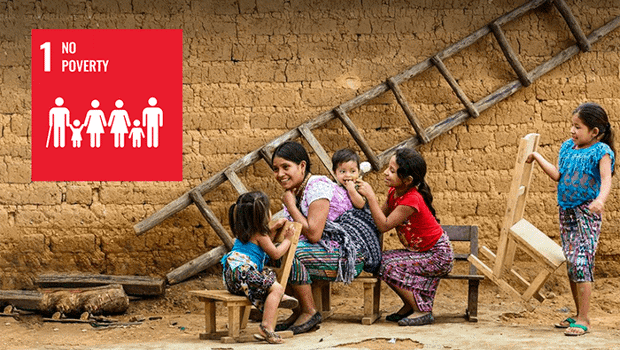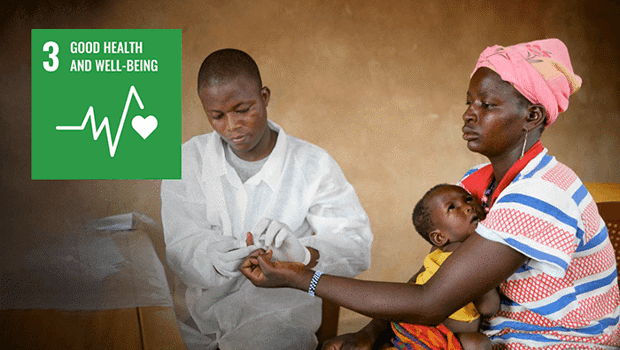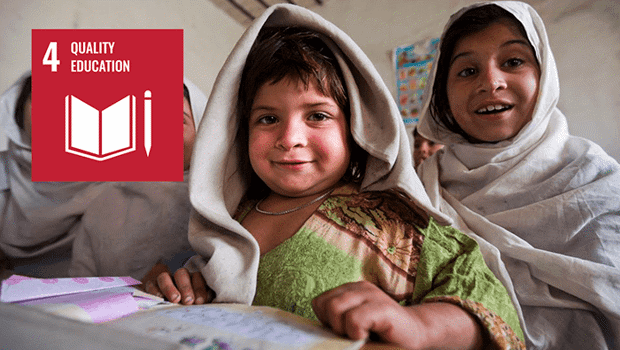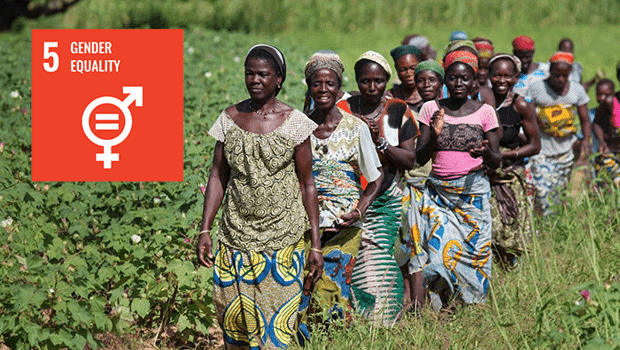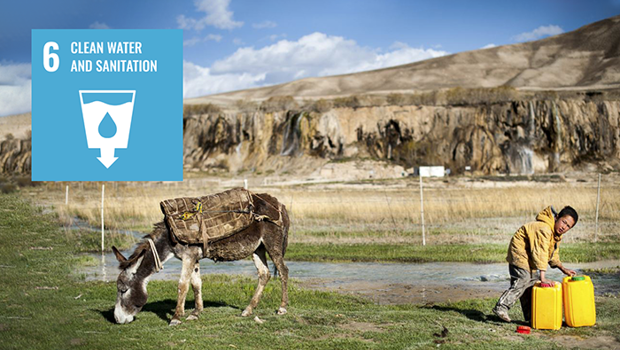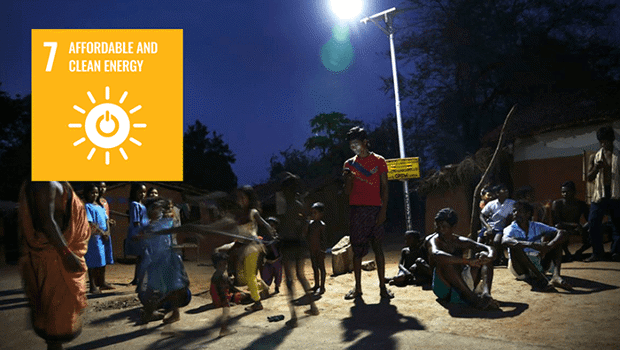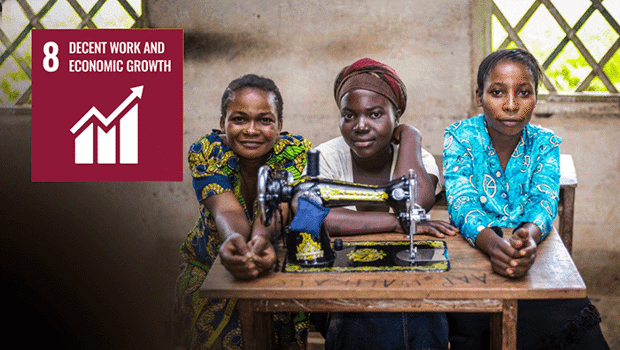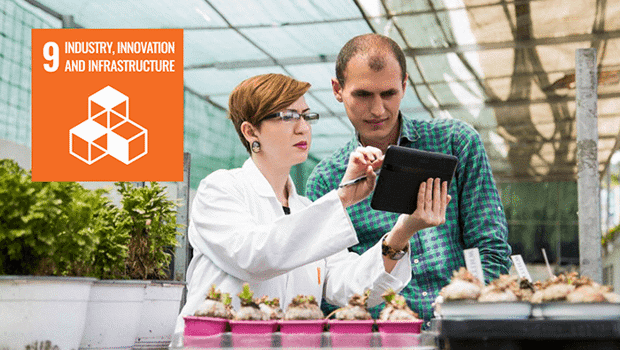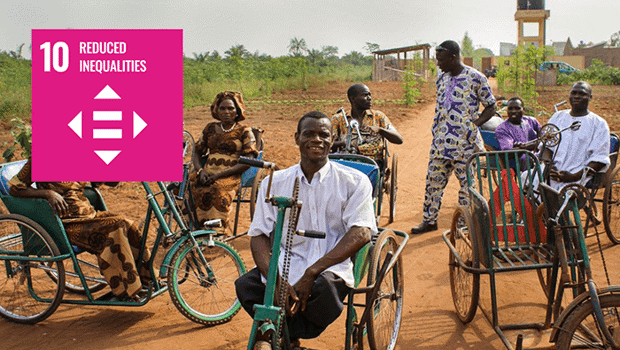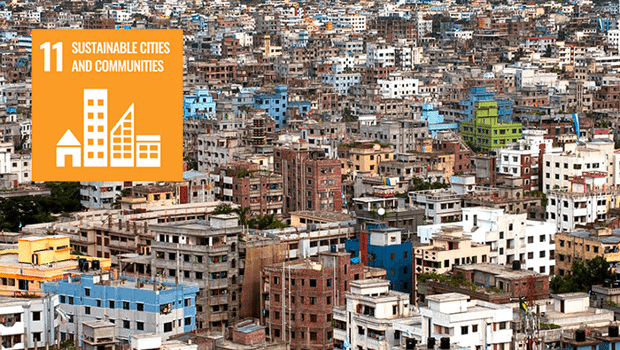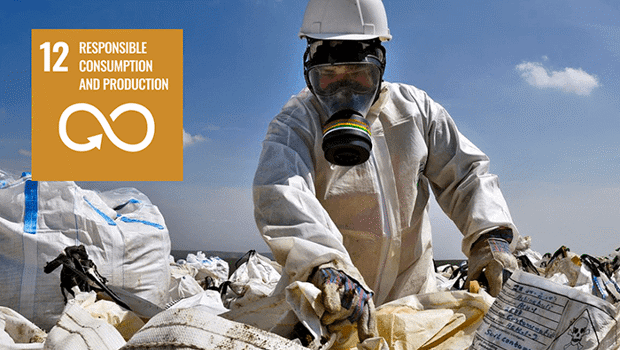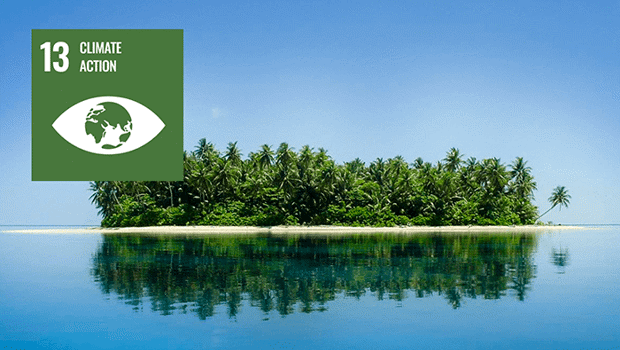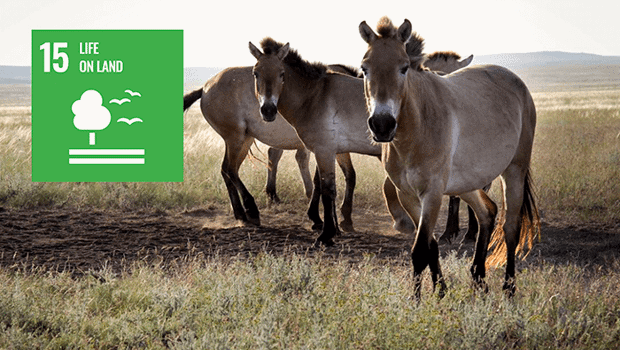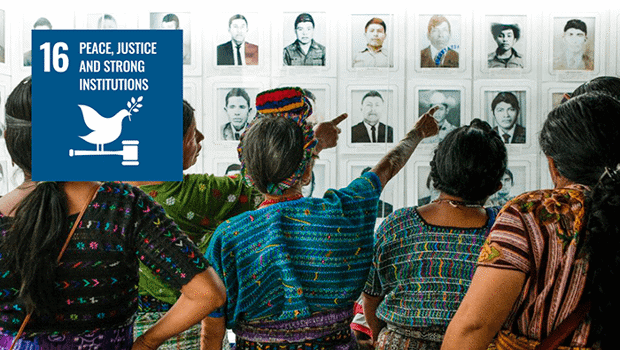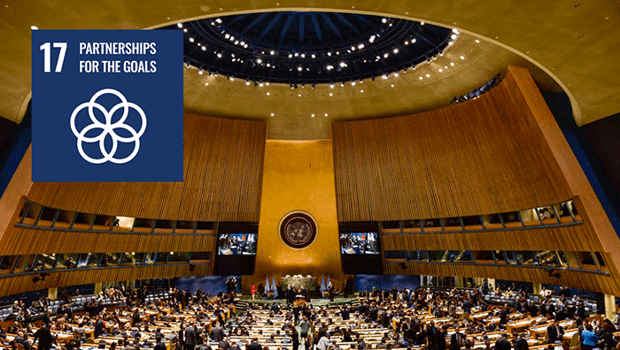
SDG 2
This one might feel like it should be linked to poverty, and thus be on the decline, but that’s sadly not the case. Hunger, as measured by the prevalence of undernourishment, was on the decline for decades, but has been slowly increasing since 2015- in five years it has increased by 60 million, now resting at 690 million people. This is due to various factors, among them economic downturns, man-made conflicts and climate change.
There are five targets:
- End hunger and ensure access by all people, in particular the poor and the vulnerable, including infants, to safe, nutritious and sufficient food all year around
- End all forms of malnutrition and achieve (by 2025) the internationally agreed targets on stunting and wasting in children under five years of age, and address the nutritional needs of adolescent girls, pregnant and lactating women and older persons
- Double the agricultural productivity and incomes of small-scale food producers, in particular women, indigenous peoples, family farmers, those that sustain themselves exclusively on raising cattle and fishers, including through secure and equal access to land, other productive resources and inputs, knowledge, financial services, markets and opportunities for value-addition and non-farm employment
- Ensure sustainable food production systems and implement resilient agricultural practices that increase productivity and production, that help maintain ecosystems, that strengthen capacity for adaptation to climate change, extreme weather, drought, flooding and other disasters and that progressively improve land and soil quality
- By 2020, maintain the genetic diversity of seeds, cultivated plants and farmed and domesticated animals and their related wild species, including through soundly managed diversified seed and plant banks at the regional, national and international levels, and promote access to a fair and equitable sharing of benefits arising from the utilization of genetic resources and associated traditional knowledge, as internationally agreed.
What does it mean and what can we do?
As you can see, this is a large section that covers many different problematic areas of not only hunger, but agriculture as well. The goal is to end hunger completely and ensure that the food is not only nutritious, but also sustainably sourced. Perhaps the most important part of this goal is ensuring a stable source of food production, while also maintaining biodiversity.
In this case, it might be best to go locally sourced. That way you help the local farmers, can more easily make sure it’s ethically sourced and don’t have to worry about the emissions surrounding the transportation of your food as much. You can also support projects that provide technology to poor farmers, including transportation to and from markets, scientific research regarding GMO:s or food banks, if there are any in your area. Education is also incredibly important in this case, as it can lead to a more sustainable income and thus make food more available.

